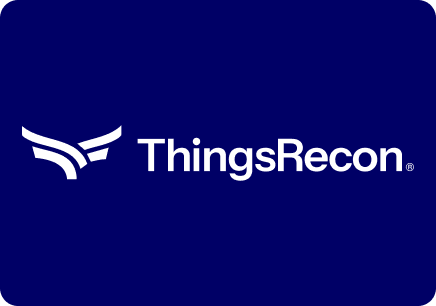Let’s face reality: nobody in the boardroom cares about your firewall logs, the latest variant of malware, or how many phishing emails are received every day.
The execs around that table want to know what keeps the business running, what might bring it down and impact revenue or sales operations, and how exposed they are in between. If your cyber update doesn’t answer that in the first 30 seconds, you’ve already lost them.
Despite that, too many security leaders still walk into these meetings armed with jargon, dashboards, and red alerts. We need a better way to communicate and tell effective stories. What is needed is messages that avoid fear, fluff, and resonate with the executive audience.
Move From Alerts to Outcomes
Cybersecurity used to be just about technology, firewalls, and patching. Now, t’s about resilience, trust, and most importantly, business alignment.
CISOs and Security leaders are no longer just tech guardians but true business enablers. They’re expected to understand how business works and speak its language being commercially, regulatory and customer focused. That means replacing terms like "zero-day" and "CVE-2024-whatever" with questions like:
- What effect to uptime will a security incident have on the business?
- Are we exposed to regulatory fines and sanctions?
- Could this damage customer trust and confidence?
- What is the impact of a security incident to revenue and business growth
When security leaders connect threats to real-world impacts, they have a platform to add a contribution and will be listened to. When they don’t, security stays siloed and is seen as a cost or barrier to business.
Regulations Have Entered the Conversation
Let’s not forget the wave of compliance that's rewriting the rules for everyone. DORA, NIS2, SEC, all bring disclosure requirements... they’re not just acronyms for CISOs to memorize. They come with teeth, including accountability and serious fines, sanctions or additional reporting and workload.
Boards are finally paying attention which means CISOs have an opportunity to have a voice and make a significant contribution. But it’s also a test: can you translate your technical debt into business risk? Can you walk execs through your digital exposure in a way that gets attention and agreement instead of blank stares?
This is where visibility really matters. You need to understand not just what’s inside your network, but everywhere that lives across your infrastructure both internally and externally or within your supply chain — APIs, forgotten domains, exposed suppliers, and third-party connections. If it’s visible, then it can be exploited and therefore should be on your radar.
Skip the Scare Tactics, Bring the Story
Boards don’t need horror stories. They need clarity, visibility, and actionable intelligence.
A list of vulnerabilities won’t change minds. But a two-minute story about how a misconfigured dev tool in a forgotten subdomain led to a ransomware attack that shut down logistics across three regions? That’ll get attention, focus, budget, and support.
This is why storytelling matters. Make it personal. Make it practical. Show the ripple effect of an incident and tie it back to things like:
- Missed revenue
- Regulatory fallout
- Brand damage
- Customer Loyalty
- Climate Impact
- Staff moral
- Budget Impact
Because once they get the “why,” they’re far more likely to support the “what now?”
Speak Their Language (Without Dumbing It Down)
You don’t need to simplify. You need to translate.
Instead of: "We detected 27 CVEs related to outdated Apache servers." Say: "There’s an old system that could allow access to customer data, and we’re prioritising it because it ties directly to regulatory obligations and could impact customer data or revenue if exploited."
The message is the same. The delivery changes everything.
Bonus points when you can benchmark your posture against peers or competitors. Better yet, bring a simulation: what would a ransomware attack look like for us? Cost, downtime, fines, customer trust — real numbers help visualize the impact.
Cyber Isn’t a Department; It’s a Business Function
This shift doesn’t just fall on only the CISO, security, or technology teams. It goes both ways.
Leadership teams need to stop treating security as a side guest. When the board is accountable for resilience, they need to engage and support it. The best organisations are ones where security and business teams meet in the middle, working in collaboration and not just passing reports back and forth.
Security should not be a roadblock. When done right, it’s a business enabler.
In a room full of revenue, risk, and reputation, the best thing a CISO can bring is clarity so that your next product launch, partnership or service delivery implementation won’t implode from a vendor or 3rd party breach or incident.






.png)